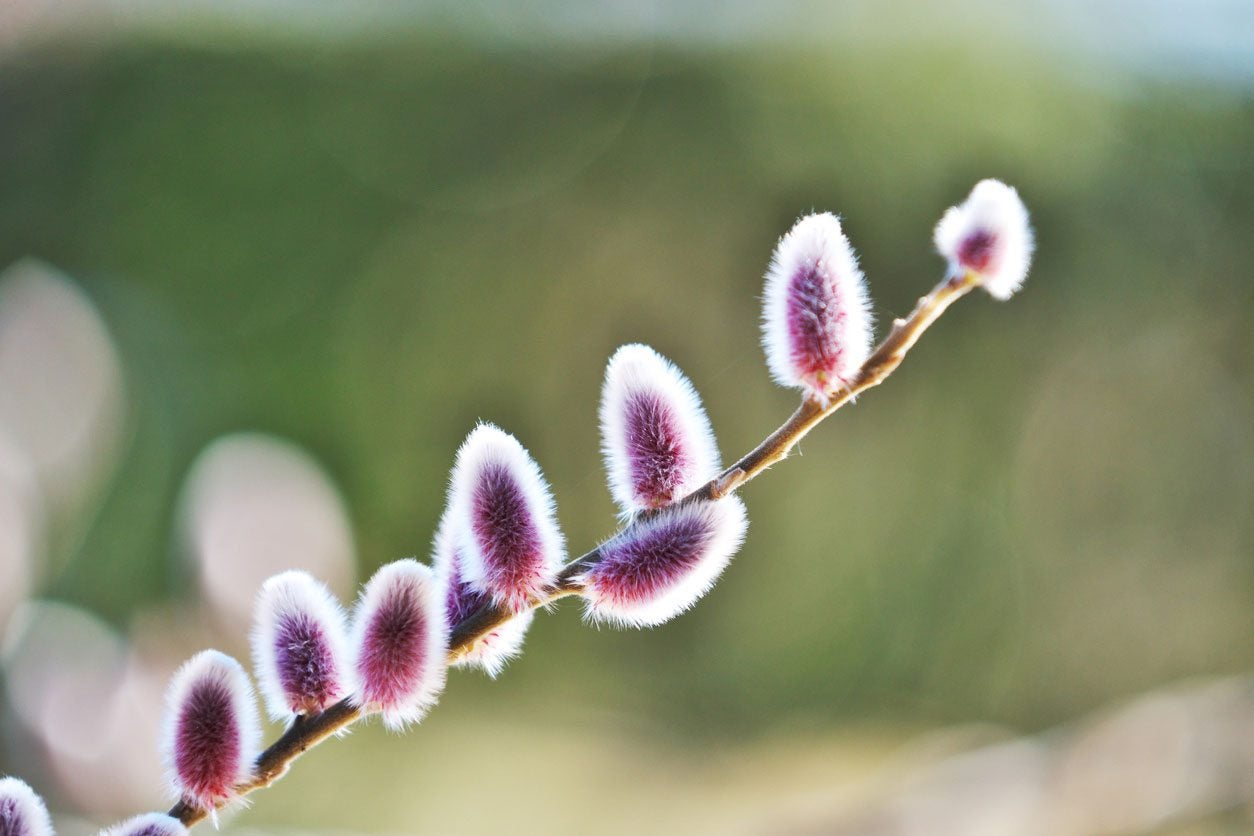Japanese Pussy Willow Information – How To Grow A Japanese Pussy Willow


Everyone’s heard of pussy willows, the willows that produce ornamental fuzzy seed pods in spring. Just what is a Japanese pussy willow? It’s the showiest pussy willow shrub of all. If you are interested in growing Japanese pussy willows, read on. You’ll find tips on how to grow a Japanese pussy willow and lots of other Japanese pussy willow information.
Japanese Pussy Willow Information
The Japanese pussy willow (Salix chaenomeloides) is a type of willow shrub native to the east. It can grow to 6 to 8 feet (2 m.) tall and should be spaced quite far apart given its widespread. Most gardeners who start growing Japanese pussy willows do so for their ornamental value. The large red flower buds appear on the shrub’s branches in early spring. They open into gorgeous pink and silver fuzzy catkins.
How to Grow a Japanese Pussy Willow
Japanese pussy willow thrives in USDA plant hardiness zones 5 through 9. If you live in one of these zones, growing Japanese pussy willows is a snap. Plant this showy pussy willow shrub in either full or partial sun. It is also quite tolerant of different types of soil. However, your plant will grow best in full sun sites with moist soil.
Japanese Pussy Willow Care
Japanese pussy willow care is not difficult. You’ll have to give the willow regular irrigation, particularly just after transplant while it is developing a root system. Even after the plant is mature, it requires watering. Pruning is not an essential part of its care, but the shrub accepts pruning, even severe pruning. Many gardeners growing Japanese pussy willows clip off branches and display them in vases indoors. If you love your willow shrub and want more plants, don’t plan on growing Japanese pussy willows from seed. Instead, propagate from cuttings. Like most willows, this showy plant propagates readily from cuttings. You can use woody stem cuttings, softwood cuttings, or even semi-hardwood cuttings.
Sign up for the Gardening Know How newsletter today and receive a free copy of our e-book "How to Grow Delicious Tomatoes".

Teo Spengler is a master gardener and a docent at the San Francisco Botanical Garden, where she hosts public tours. She has studied horticulture and written about nature, trees, plants, and gardening for more than two decades, following a career as an attorney and legal writer. Her extended family includes some 30 houseplants and hundreds of outdoor plants, including 250 trees, which are her main passion. Spengler currently splits her life between San Francisco and the French Basque Country, though she was raised in Alaska, giving her experience of gardening in a range of climates.